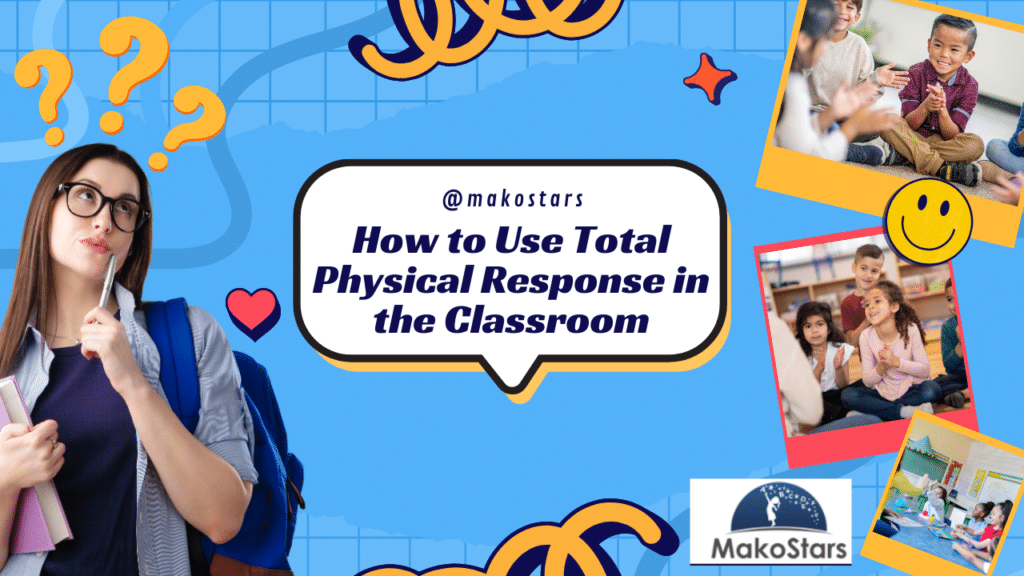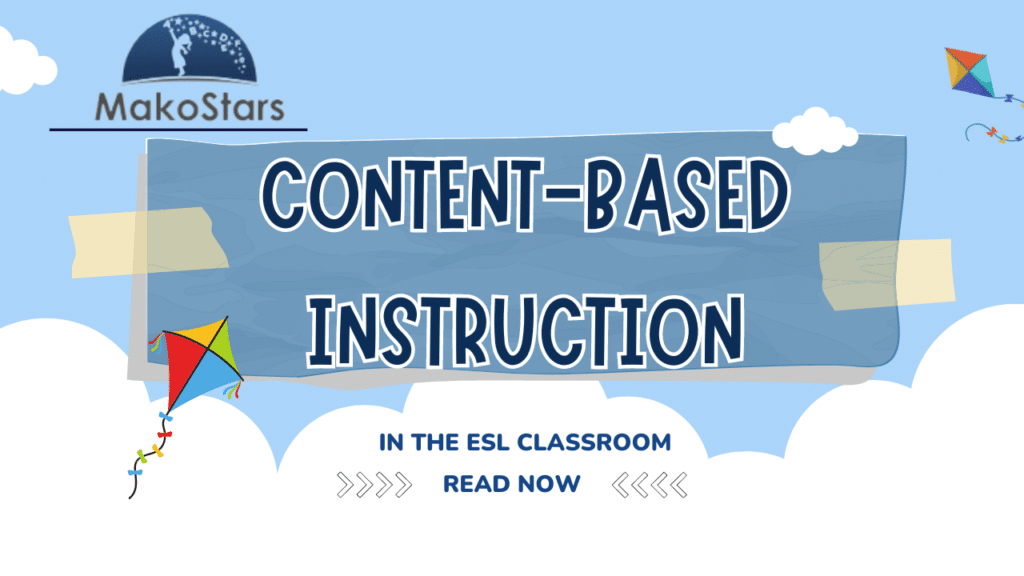Introduction
When it comes to learning any language, there’s one subject that students (and teachers) tend to dread: grammar. Not only is English grammar difficult to understand for non-native speakers, but it’s also generally plain boring. That’s because, unlike these tips for grammar lessons, in traditional classrooms, grammar is taught through memorization, and students tend to view it as unavoidable; they need to pass a test, nothing more.
Even some ESL teachers dread their own grammar lessons. It can be overwhelming to teach complex rules and exceptions to your students, no matter what level.
Well, it doesn’t have to be that big of a deal. If we teach grammar in a way that’s simple, understandable, and maybe even fun, the classroom will transform! Making learning enjoyable will help promote a stress-free classroom, and your students’ fluency will begin to improve.
Here are some tips to make teaching a grammar lesson pain-free.
Table of Contents
Review Grammar Before Class
It might seem like a no-brainer, but I’ve personally fallen into this trap before. While teaching verb tenses, my students raised certain questions that I couldn’t immediately address. That’s why it is important for you to review grammar before you enter the class.
Why? Well, as native speakers, we’re often unaware of the intricacies and rules governing our own language. We inherently know them but don’t consciously recognize them. Understandable, right? We learn the basics of grammar in primary school, but how often do we ponder the technicalities of the parts of speech we’re using? Rarely.
Nevertheless, grammar holds significant weight in an ESL classroom. For instance, in South Korea, students must grasp grammar concepts for their SATs, highlighting the teacher’s responsibility to be well-versed in this area. Don’t let yourself be caught off guard in class; equip yourself with grammar knowledge before imparting it to others.

The Warm Up
Instead of saying, “today I will be teaching you this grammar rule,” introduce the grammar point naturally. Depending on the students’ ages and abilities, give them an interesting topic to use as a warmup. This is a sneaky way to have students recognize how to use certain structures without being aware of them.
For example, in my adult classes, I REALLY enjoy teaching second conditionals (if-then sentences). We warm up with several discussion points: If you had a million dollars, what would you do? If you were the president, what would you do?
We listen to a song that uses conditionals and talk about the lyrics. We conduct role plays using conditionals.
When we finally get to the actual grammar lesson, the students are happy and already recognize how to use the grammar goal in a sentence. They’re more inclined to participate when they feel less stressed.
if you are needing ways to keep your students engaged in the class, you can read more about that here Top 3 Strategies for Engaging ESL Students.
Go Slowly
You might be tempted to conduct a long, tedious explanation about grammar. After all, English is notorious for having a ton of rules and even more exceptions to the rules.
However, it’s important to keep the lesson simple so that your students fully understand. Think of it like building blocks: teach one grammar point today, and add an exception to that rule tomorrow when the students demonstrate comprehension. This way you can check in with your students, and nobody gets left behind.

Keep it Simple
Have you ever noticed how much time you waste with teacher talk? Teacher talk is everything you say in the classroom- “today we will” “I’m going to teach you ” “this is how you do .”
It’s much more effective in the ESL classroom to eliminate all of these extra words. Beginner and even intermediate ESL students will have an easier time understanding you if you cut out all of the jibber jabber. Keep your language and your lessons deliberate.
So, when it comes to grammar, the simplest explanation works. I like to view grammar as math problems where the students fill in the blanks. I give my students explanations such as the following
| Rule | Second Conditionals |
| When? | To talk about things you wish could happen. |
| How? | If + simple past tense, I would + present tense. |
| Example | If I had a million dollars, I would buy an airplane. |
Practice the Target Grammar
Finally, you need to let your students actually practice the target grammar. And I don’t mean by simply doing worksheets. They should practice speaking to one another using the target grammar point. After all, the goal for our students is to SPEAK more English, right? Save the worksheets for homework. Let’s utilize class time to speak.
In order for your students to engage with the material more, get personal! Everyone loves talking about themselves. If your language goal has to do with preferences, have the students speed date (talk to several people for short periods of time). Give them sentence prompts about their favorite food, ideal partner, dream job, etc., and watch them get talking!
If you want some great resources for kids to learn grammar you can find them here at Makostars.



